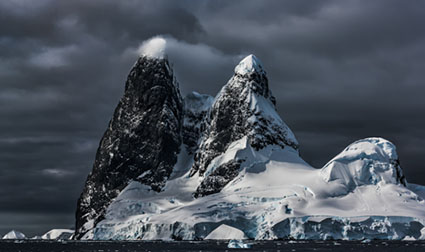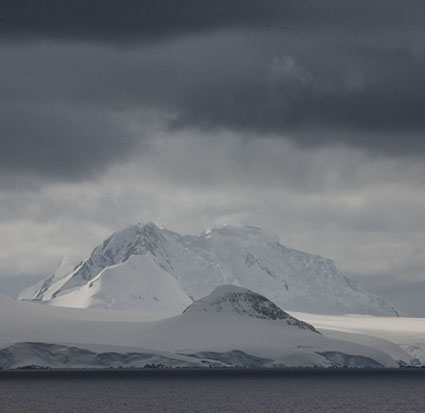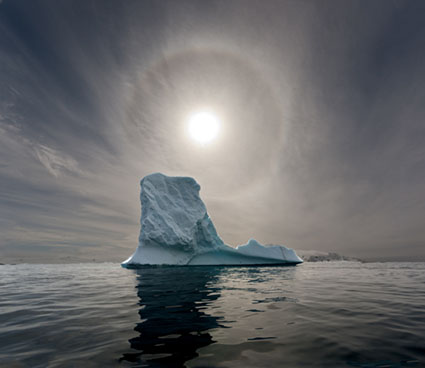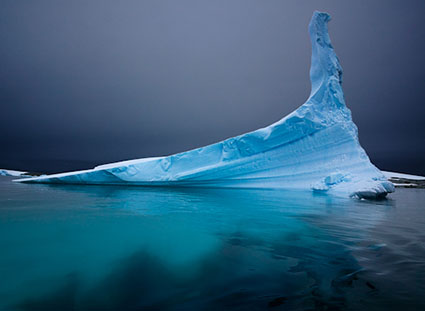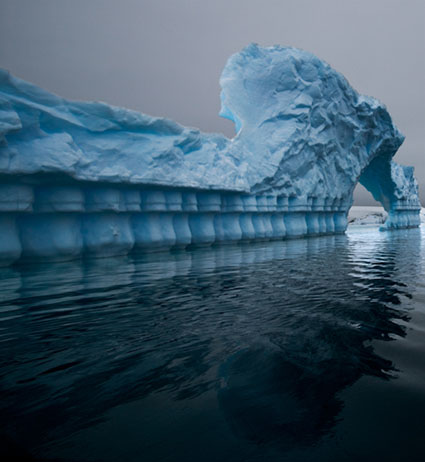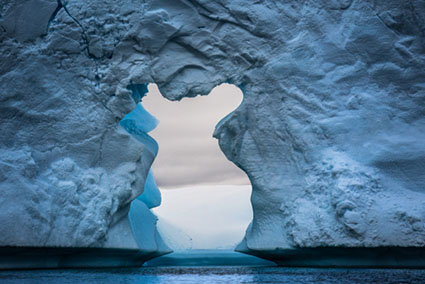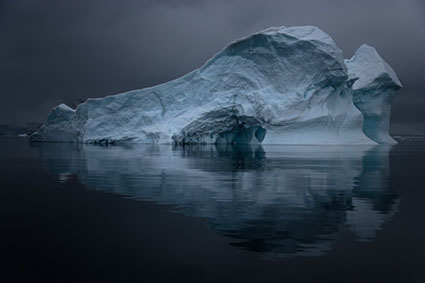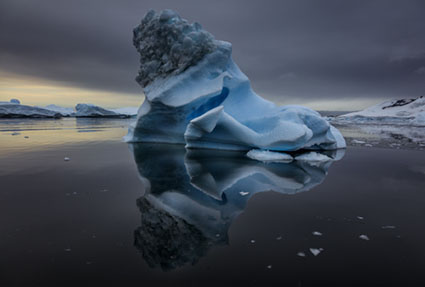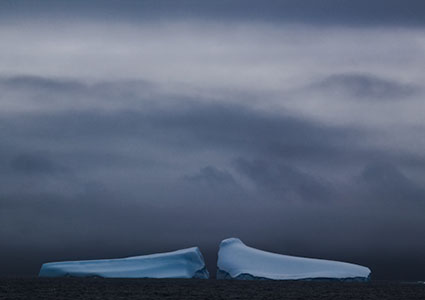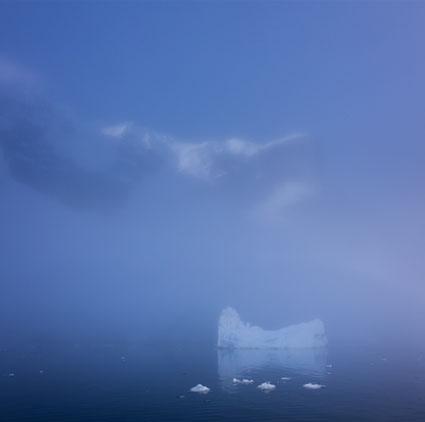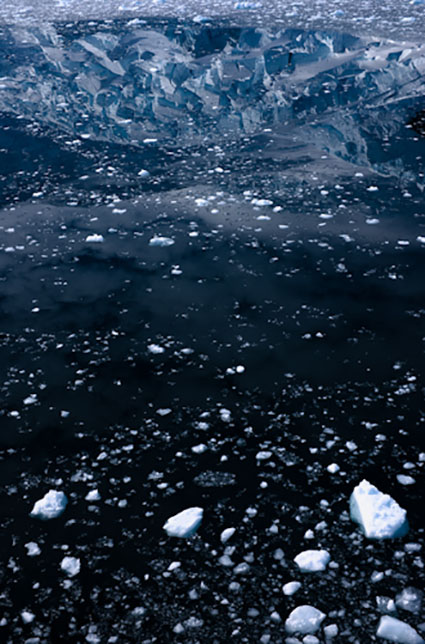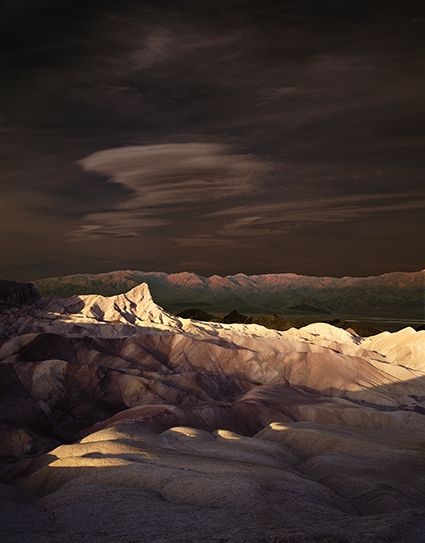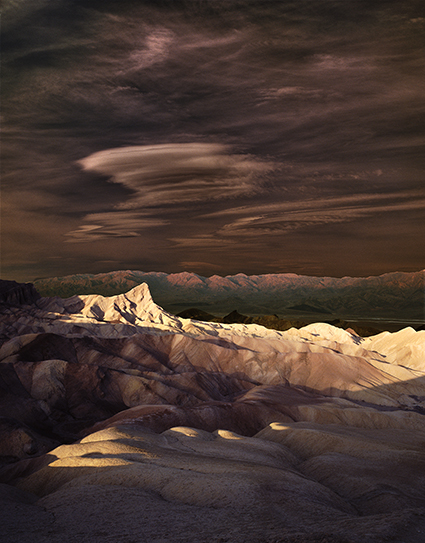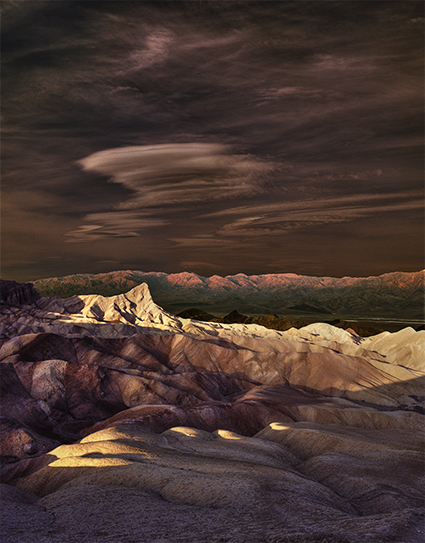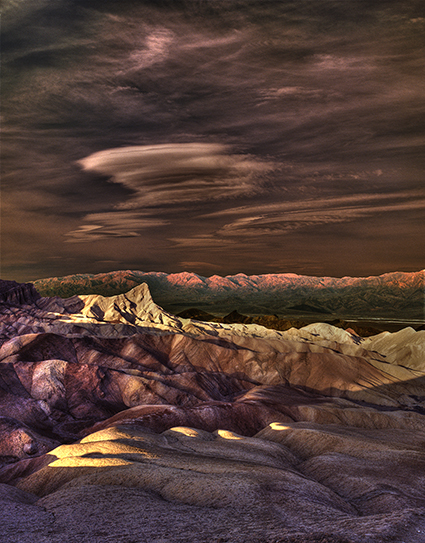Chris Rainier – Cultures On The Edge | Nat Geo Live
“Considered one of the leading documentary photographers in the field today, Chris Rainier captures powerful and compelling images of indigenous cultures whose ways are under threat.”
Find out more about Chris Rainier here.
View more Photographer’s Videos here.
Ed Kashi – The Challenges Of Photojournalism
Ed Kashi offers deep insights into the practice of photojournalism.
Find out more about Ed Kashi here.
View more Photographer’s Videos here.
22 Great Quotes By Duane Michals
Enjoy this collection of quotes by photographer Duane Michals.
“Trust that little voice in your head that says ‘Wouldn’t it be interesting if…’; And then do it.” – Duane Michals
“Don’t try to be an artist. Find the thing within you that needs to be expressed. You might find it is art.” – Duane Michals
“I am an expressionist and by that I mean that I’m not a photographer or a writer or a painter or a tap dancer, but rather someone who expresses himself according to his needs.” – Duane Michals
“People believe in the reality of photographs, but not in the reality of paintings. That gives photographers an enormous advantage. Unfortunately, photographers also believe in the reality of photographs.” – Duane Michals
“Photography deals exquisitely with appearances, but nothing is what it appears to be.” – Duane Michals
“I never photograph sunsets and I never photograph moonrises. I’m not interested in what things look like.” – Duane Michals
“You can never capture a person in picture, never. You might get an interesting expression or gesture. I almost never research a picture subject ahead of time. I think Karsh is full of baloney. Can you imagine spending a whole week out in La Jolla with Jonas Salk soaking up his ambiance, then wind up making him look as if he’s in the studio in Ottawa with his thumb under his chin?” – Duane Michals
“Because of my involvement with my photographs, it is difficult for me really to see them objectively. Talking about them is like talking about myself. The only real idea that I have about them is that they are essentially snapshots. For snapshots, I feel, often have an inherent simplicity and directness that I find beautiful. The roots of my photographs are in this tradition.” – Duane Michals
“However, I think that the photographer must completely control his picture and bring to it all his personality, and in this area most photographs never transcend being just snapshots. When a great photographer does infuse the snapshot with his personality and vision, it can be transformed into something truly moving and beautiful.” – Duane Michals
“The best part of us is not what we see, it’s what we feel. We are what we feel. We are not what we look at . . .. We’re not our eyeballs, we’re our mind. People believe their eyeballs and they’re totally wrong . . .. That’s why I consider most photographs extremely boring–just like Muzak, inoffensive, charming, another waterfall, another sunset. This time, colors have been added to protect the innocent. It’s just boring. But that whole arena of one’s experience–grief, loneliness–how do you photograph lust? I mean, how do you deal with these things? This is what you are, not what you see. It’s all sitting up here. I could do all my work sitting in my room. I don’t have to go anywhere.” – Duane Michals
“I write in order to express what the photo itself cannot say. A photograph of my father doesn’t tell me what I thought of him, which for me is much more important than what the man looked like.” – Duane Michals
“Photography does deal with ‘truth’ or a kind of superficial reality better than any of the other arts, but it never questions the nature of reality – it simply reproduces reality. And what good is that when the things of real value in life are invisible?” – Duane Michals
“I believe in the invisible. I do not believe in the definitive reality of things around us. For me, reality is the intuition and the imagination and the quiet voice inside my head that says: isn’t that extraordinary? The things in our lives are the shadows of reality, just as we ourselves are shadows.” – Duane Michals
“Photographers tend not to photograph what they can’t see, which is the very reason one should try to attempt it. Otherwise we’re going to go on forever just photographing more faces and more rooms and more places. Photography has to transcend description. It has to go beyond description to bring insight into the subject, or reveal the subject, not as it looks, but how does it feel?” – Duane Michals
“I believe in the imagination. What I cannot see is infinitely more important than what I can see.” – Duane Michals
“Photography is essentially an act of recognition by street photographers, not an act of invention. Photographers might respond to an old man’s face, or an Arbus freak, or the way light hits a building—and then they move on. Whereas in all the other art forms, take William Blake, everything that came to that paper never existed before. It’s the idea of alchemy, of making something from nothing.” – Duane Michals
“I use photography to help me explain my experiences to myself.” – Duane Michals
“I think photographs should be provocative and not tell you what you already know. It takes no great powers or magic to reproduce somebody’s face in a photograph. The magic is in seeing people in new ways.” – Duane Michals
Duane Michals
“I am a reflection photographing other reflections within a reflection. To photograph reality is to photograph nothing.” – Duane Michals
“All good work has magic in it, and addresses the mind in a subtle way.” – Duane Michals
“Art is really whispering, not shouting.” – Duane Michals
“My gift to you is that I am different.” – Duane Michals
View 12 Great Photographs By Duane Michals.
Watch Duane Michals talk about his art.
Inspired By Photographer Lois Greenfield – 3 Videos
Get an inside look at the vision Lois Greenfield in these videos.
View 12 Great Photographs By Lois Greenfield here.
View more in The Essential Collection Of Photographers Videos.
Ruth Burkett On Chris Burkett’s Photographs
Insights on Chris Burkett’s photographs from his wife Ruth.
Read our conversation here.
View 12 Great Photographs by Chris Burkett.
View more in The Essential Collection Of Photographers Videos.
Photographer Eric Meola Interviewed
“Eric Meola talks about his photography, his passion for color, and how he approaches the challenge of making authentic photographs when working in indigenous cultures.”
View 12 Great Photographs By Eric Meola here.
Find out more about Eric Meola here.
12 Great Photographs By Eric Meola
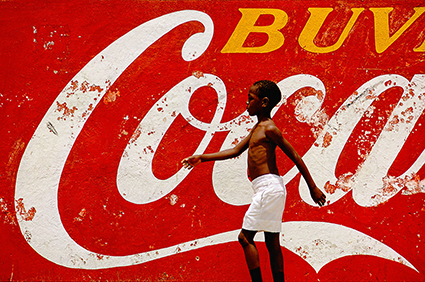
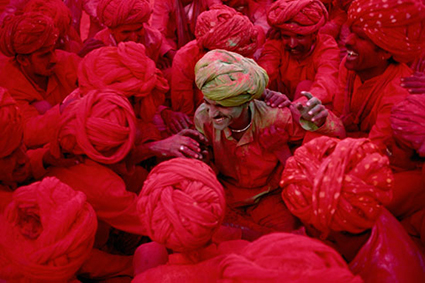
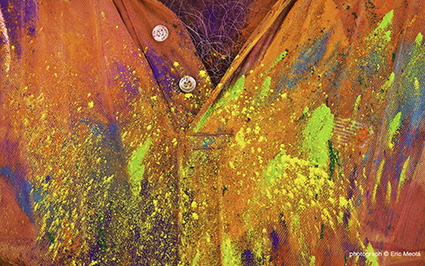
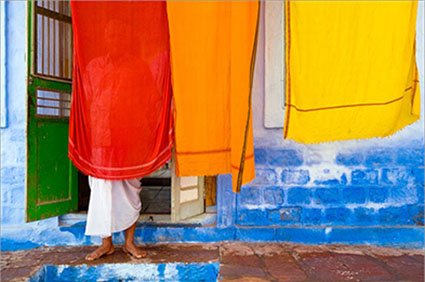
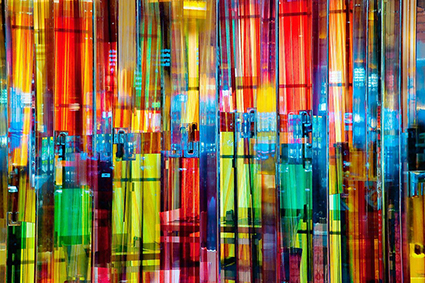
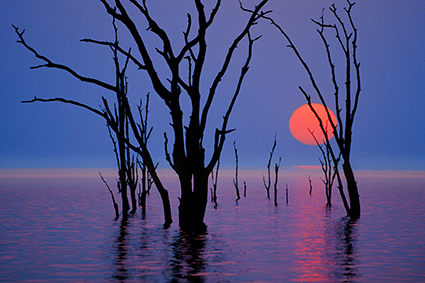
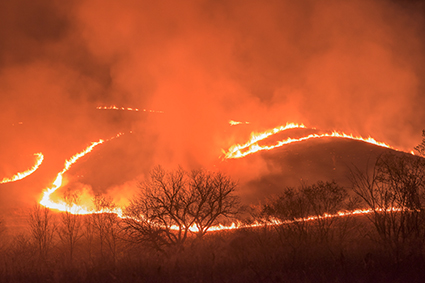
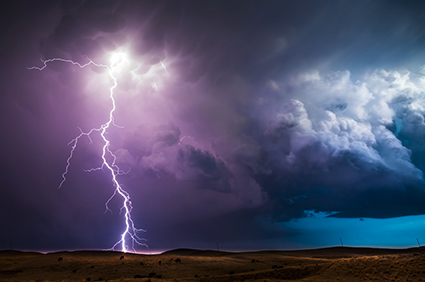
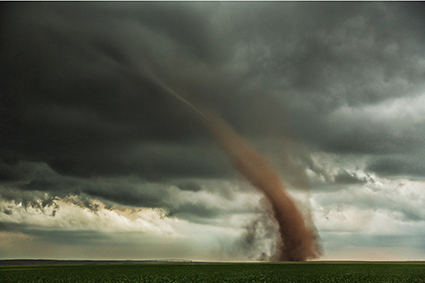
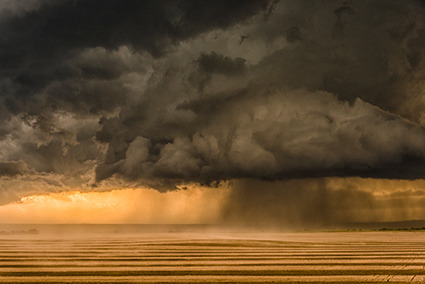
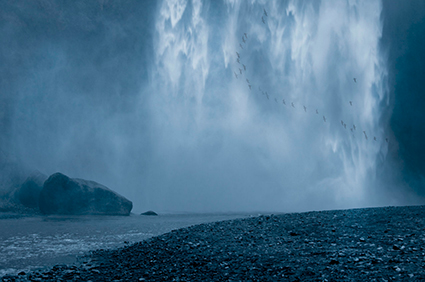
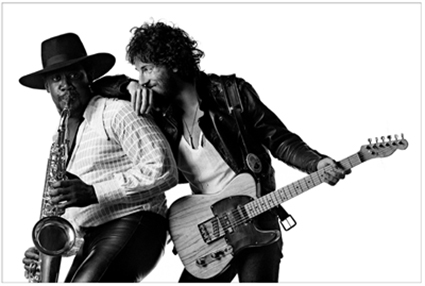
Read our conversation here.
View 12 Great Photographs Collections here.
Read more in The Essential Collection Of Photographers’ Quotes.
View more in The Essential Collection Of Photographers Videos.
Inside The Mind Of Photographer Jock Sturges – Video
Get to know photographer Jock Sturges better with this video interview.
Read my conversation with Jock Sturges here.
View 12 Great Photographs By Jock Sturges here.
Read 25 Great Quotes By PhotographerJock Sturges here.
View more in the Essential Collection Of Documentaries On Photographers.
The Aesthetics Of HDR – Choose Your Preferred Look
image without HDR software processing
image with HDR processing in sky only
image blending 50% normal and 50% HDR processing
image with heavy HDR processing using Photomatix
HDR imagery is expanding today’s photographic aesthetics. Identifying the characteristics of contemporary HDR images will help classicists and pioneers alike. The basic ingredients are desirable for both sensibilities, but in varying combinations and to different degrees.
Pronounced Shadow and Highlight Detail
Preserving significant amounts of shadow and highlight detail even in images containing extreme contrast ranges is something long sought after and continually improving in photography. Prior limitations in the medium have established a conventional appearance for photographs than now needs to be reconsidered, first in light of the way the eye sees at a glance, second in light of the way the eye sees adaptively over time, and third in light of the way we might like to represent a scene expressively. Excessive recovery can alter large-scale contrast ratios unnaturally and in extreme cases may yield localized solarization.
Accentuated Edge Contrast
In an effort to preserve midtone separation after extreme dynamic range compression edge contrast is accentuated. This produces dark lines and bright halos, typically feathered rather than hard edged. As they intensify they begin to drive images away from a classic smooth continuous tone appearance.


